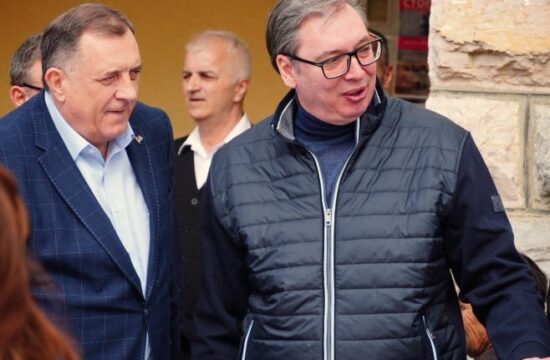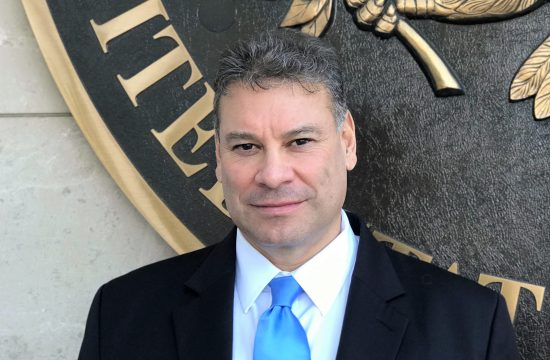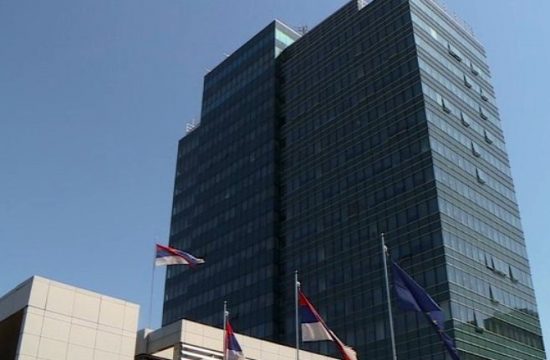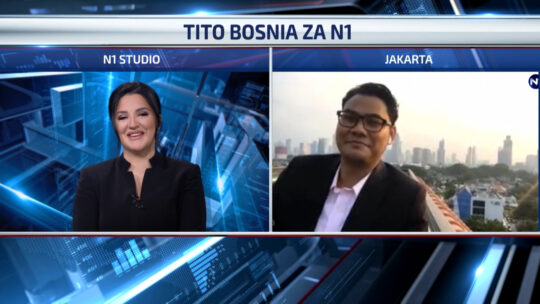A day after Bosnians marked the 23 anniversary of the Srebrenica genocide and buried 35 newly identified victims at the Potocari Memorial Centre’s cemetery, the graves of 80 of those buried there previously are being opened again so that their newly found bones can be reburied with them.
The reassociation process, which is the process of completing the partial skeletons of those already buried, is expected to last a week.
Apart from the more than 1,000 victims who have still not been found, most of those laid to rest at the Srebrenica Memorial Centre are still missing parts of their bodies which are presumed buried in yet uncovered mass graves.
On Wednesday, the Vice President of Republika Srpska, Bosnia’s Serb-dominated semi-autonomous entity, Ramiz Salkic, urged those who know where more mass graves are located to come out with this information.
“There are still people in this country who are ready to hide mass graves. There are people who enjoy the pain of others. I call on those citizens who are responsible and have a consciousness and on institutions to change their approach and reveal where the mass graves are,” Salkic told the Anadolu Agency.
Last year, at the 22 Srebrenica genocide anniversary and burial ceremony for 71 victims, Amor Masovic, from the Institute for Missing Persons, explained to N1 why the bones of the victims are in many cases scattered across several mass graves.
Masovic said that following the killings and the initial burial of the victims, the perpetrators of the massacres dug up the victims and reburied them into another mass grave in an effort to cover up the crime.
This was mostly done with bulldozers and the machines tore up the bodies while loading them on trucks to be transported to some other location. By the time the remains were reburied into another mass grave, the bodies were a simple mix of people’s bones.
“Those victims are found in more than one mass grave, which speaks of the monstrosity of the crime. History has not had something like this – bones being scattered across so many locations,” he said.
“We must find the remains of those who were already buried. This is impossible to do without the help of those who are responsible for the crimes,” Masovic said.
Some families do not want to bury their loved ones until finding all of their remains.
Others, like Habiba Masic, had decided otherwise.
Additional parts of her husband's remains were found and identified throughout the past year.
“They found my husband inside three secondary mass graves and his remans were incomplete. They just called me regarding July 11 and burying what they found for his remains to be completed. I buried two sons in 2010. But they were also put together from multiple mass graves,” Masic told N1 a month ago.
On July 11, 1995, Bosnian Serb forces overran the eastern Bosnian enclave and rounded up the town’s Muslim Bosniaks, separated men from women and little children and systematically executed some 8,000 men and boys.
Forensic experts excavated them and identified the bones through DNA analysis before putting skeletons together like jigsaw puzzles and returning the bodies to the families. Those rebury them every year on July 11 at the Memorial Centre’s cemetery.
Two international courts, The International Criminal Tribunal for the Former Yugoslavia and the World Court later ruled that the massacre was an act of genocide.




